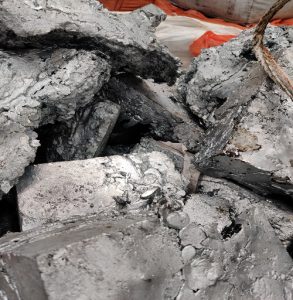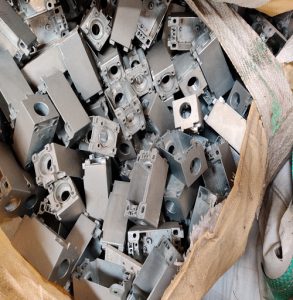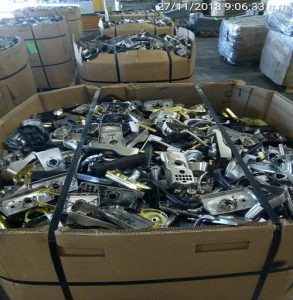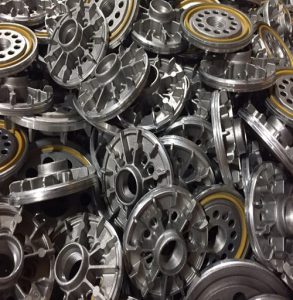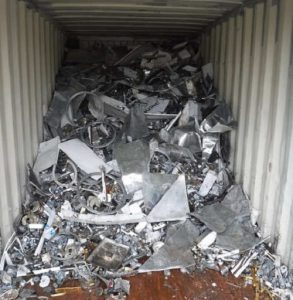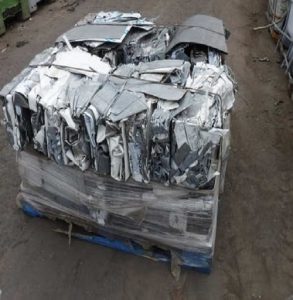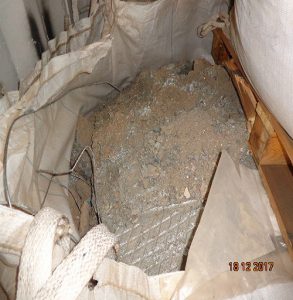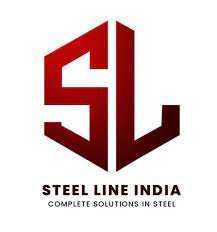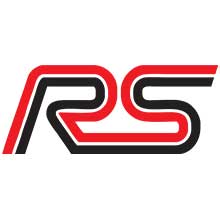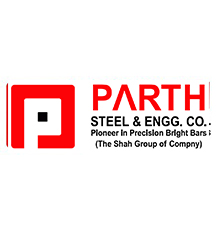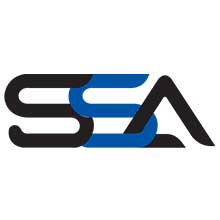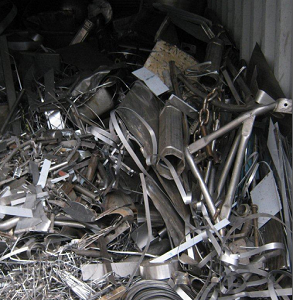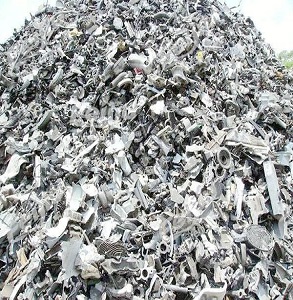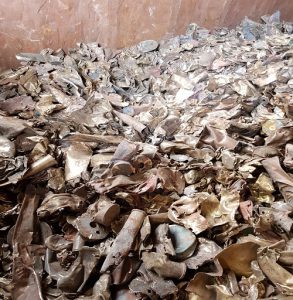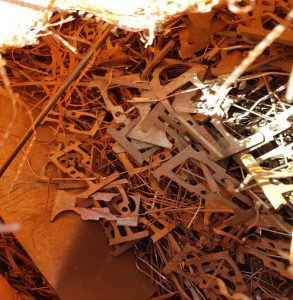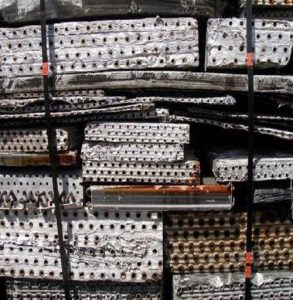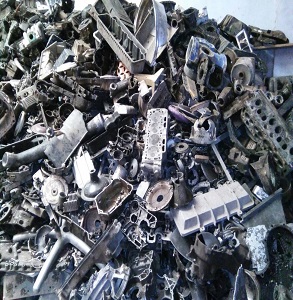ZINC Scrap Importers and Exporters
Zinc Scrap is used for the production of zinc sheets, along with zinc sheets for the common castable alloys, printing industry, and lead copper-zinc alloys; hot zinc plating of ready-made products and materials; the production of zinc powder used in the metallurgical industry, as well as the production of zinc oxide used in the chemico-pharmaceutical industry; fine chemicals; and the acquisition of zinc powder used in accumulators.
The most vital use of atomic number 30 is in protective steel from corrosion victimization hot-dip galvanic technique. The metal is employed to prolong the sturdiness of steel, that is one in all the foremost used materials on the earth. each atomic number 30 and steel are 100 percent utile. The zinc-steel combination has goodish economic edges in terms of life-cycle prices. Improved air quality in many industrialized countries, with decreasing levels of dioxide (SO2), implies that these days atomic number 30 coatings facilitate even longer protection for steel.
Increased attention to life-cycle cost accounting is prompting the designers, specifies and investors to like zinc-coated steel in several ancient and new applications, from electricity distribution poles to safety barriers, from construction to vehicles and from farm gates to ski-lifts.
The twenty seventh commonest part within the layer, atomic number 30 is totally utile. consistent with estimates, at present, seventy you look after the atomic number 30 created originates from well-mined ores whereas half-hour comes from recycled or secondary atomic number 30. the amount of utilisation is increasing in step with progress in atomic number 30 production technology and atomic number 30 utilisation technology.
The presence of atomic number 30 coating on steel doesn't prohibit its recyclability and every one sorts of zinc-coated product is recycled. atomic number 30 coated steel is recycled at the side of different steel scrap throughout the processes of production - the atomic number 30 volatilizes and is then recovered. consistent with estimates, the availability of zinc-coated steel scrap is anticipated to bend the approaching years, as a lot of zinc-coated vehicles enter the utilisation stream.
Zinc is additionally a utile metal. we tend to concentrate on trash utilisation; thus, we tend to perceive the importance of reusing atomic number 30 rather than mining it. this may save natural resources and improve your carbon footprint.
At the instant, we’re staring at a forty-five international end-of-life utilisation rate; one in all the good things regarding atomic number 30 is that it is recycled while not losing properties, that is a component of why it’s thus vital to recover this metal.
By utilisation atomic number 30, it’s doable to use it as a substitute for mining concentrates and that we also can cut back the number of fossil fuels want to mine the metal. thanks to its Brobdingnagian vary of applications, from the automotive sector to the food trade, not utilisation atomic number 30 can cause a lot of harmful components to be discharged into the air and water streams, additionally contributes to the depletion of natural resources.
The life of zinc-containing products varies and may range from 10 to 15 years for household appliances or cars, to over 100 years for zinc sheet used for roofing. Street lighting columns constructed of zinc-coated steel can remain in use for 40 years or more, and transmission towers for
over 70 years. All these products tend to be replaced because of obsolescence, and not because the zinc has ceased to protect the underlying steel.
- Car Bodies
- Batteries
- Suspension Bridges
- Die Castings
- Streetlamp Posts
- Paints and Plastics
- American Pennies
- Cosmetics
- Supplements
- Concrete
- Roof Cladding
This metal is incredibly versatile, allowing it to possess a range of characteristics that make it sought- after in so many sectors and markets. So, what exactly are the properties of zinc?
- Corrosion - Since zinc is rapidly oxidize and corrodes, it is frequently used to protect metals like iron and steel with zinc to protect it, a concept known as galvanization.
- Conductivity - Zinc has a good capacity for heat as well as being a reasonable conductor of electricity and heat.
- Reactivity - Zinc is a highly reactive metal that interacts with a variety of substances, including oxygen, halogens, alkalis, acids, ammonia, and chalcogens.
- Component of Life - Zinc plays a crucial role in our growth and development and can boost our immune systems, which will improve our ability to fight off germs and viruses. Human cells also require zinc to build DNA.
- Anti-Inflammatory - Zinc is crucial for the human body when consumed in the proper amounts. In addition to having antibacterial actions, it has anti-inflammatory qualities.
- Elasticity - Zinc is not very malleable at ambient temperature, but when heated, it becomes ductile and is quite easy to work with. In contrast, zinc loses its malleability at temperatures exceeding 200 0C.
- Old Zinc Die Cast Scrap
- New Zinc Die Cast Scrap
- Zinc Sheet Scrap Score
- Zinc Kriksite Scrap
- Zinc Top Dross
- Zinc Bottom Dross
- Zinc Ash
- Zinc Powder Scrap
The eighth most abundant part on the earth, Mg constitutes about 2 chronicles of the Earth's crust. In seawater, it's the third most plentiful part with a median concentration of 0.13%. although the metal is found in additional than sixty minerals, carnallite, brucite, dolomite, magnesite, and mineral are of economic importance. The metals are made from seawater, lake brines and well, and bitterns, furthermore as from the mineral’s dolomite, carnallite, and mineral.
Major production centers of primary magnesium include - Brazil, Canada, China, France, Israel, India, Norway, Kazakhstan, Russia, Serbia and Montenegro, Ukraine, and therefore Montenegro.
Types-
Sources of magnesium Scrap New magnesium-base scrap is often classified into four varieties. type I can be a finest scrap, that usually embrace materials, like runners, gates, and drippings from die casting operations, that's uncontaminated with oils. Types II, III, and IV square measure lower grade materials throughout which sort II is oil-contaminated scrap, kind III is dross from magnesium- processing operations, and kind IV is fines and chips.
The most fascinating of these sorts {differing sorts differingkinds different types} differing kinds} of scraps is type I, that's generated throughout die casting Mg alloys. This scrap is either sold to a scrap processor or reprocessed at the die casting facility. the other kinds of scraps square measure either sold to a scrap processor or square measure utilized directly in steel desulfurization that is a dissipative application. previous magnesium-base scrap, or post-consumer scrap includes materials, like chopper parts, automotive parts, used tools, lawnmower decks, and the like the like. Scrap processors get this scrap.
Sources-
In addition to the magnesium-base scrap, sizable quantities of magnesium are incorporated in Al alloys, which could even be recycled. though some magnesium is lost at intervals the method of scrap, a substantial amount of the magnesium metal is recycled with metal alloy. New aluminum- base scrap, that's recycled, contains, in decreasing order of importance - primarily of solids, turnings and borings, dross and skimmings, and completely different materials that embody foil and can- stock clippings. as a results of the primary metal product, that contains magnesium is nutrient cans, the most magnesium-containing, aluminum-base scrap is can scrap skeleton obtained from lids and may sheet clippings. This corresponds to regarding 1/2 of the final magnesium-containing, aluminum-base scrap.
Old aluminum-base scrap consists many materials, however the principal magnesium-containing part is utilized metal nutrient cans (UBC's). due to the high exercise rate, metal nutrient cans represent concerning three - quarters of the magnesium-containing, recent aluminum-base scrap, that's reprocessed. The magnesium in recent and new metal-base scrap is not separated from the aluminum alloy once it's recycled; instead, it's unbroken back as associate alloying part. Therefore, the magnesium exercise trade depends on 3 primary components-UBC, recent and new magnesium-base scrap, and new metal base scrap.
Majority of the magnesium scrap, that's recycled comes from metallic element food cans (UBC's). this could be due to the actual fact that UBC's have a well-established assortment mechanism, that reaches on to the consumer; some municipalities collect cans at the paving, thereby making usage convenient. High usage rate is going to be achieved by making usage straightforward for the patron. Most of the Mg components, that are not recycled, however, are not recycled due to the principle that they are utilized in goods, that do not have a well-established usage assortment mechanism.
Many items, like hand tools, area unit discarded in landfills at the highest of their useful life. In cases, whereby the Mg half may be a district of an even bigger item, like Associate in Nursing automobile, the Mg half might not be separated once the item is recycled, as a result of it represents Associate in Nursing insignificant portion of the full weight; thence the Mg content generally is not recovered throughout the usage technique. The metal might even be altered and become entrapped at intervals the dross or fines from usage and may be discarded.
Another issue, that contains a substantial result on the final usage rate is that the number of magnesium, that's utilized in dissipative applications which is able to be made public as uses throughout that the metal is scattered or distributed, thereby making it difficult and dearly-won to recycle. This makes it exceptionally difficult and dearly-won to recycle. magnesium is to boot consumed in dissipative applications, like iron and steel de-sulfurization, chemical manufacture, putting to death anodes, and nodular iron.
Another issue, that contains a considerable result on the final usage rate is that the number of Mg, that's employed in dissipative applications which is able to be outlined as uses throughout that the metal is scattered or distributed, thereby making it difficult and dearly-won to recycle. This makes it exceptionally difficult and dearly-won to recycle. magnesium is to boot consumed in dissipative applications, like iron and steel de-sulfurization, chemical manufacture, putt to death anodes, and nodular iron.

